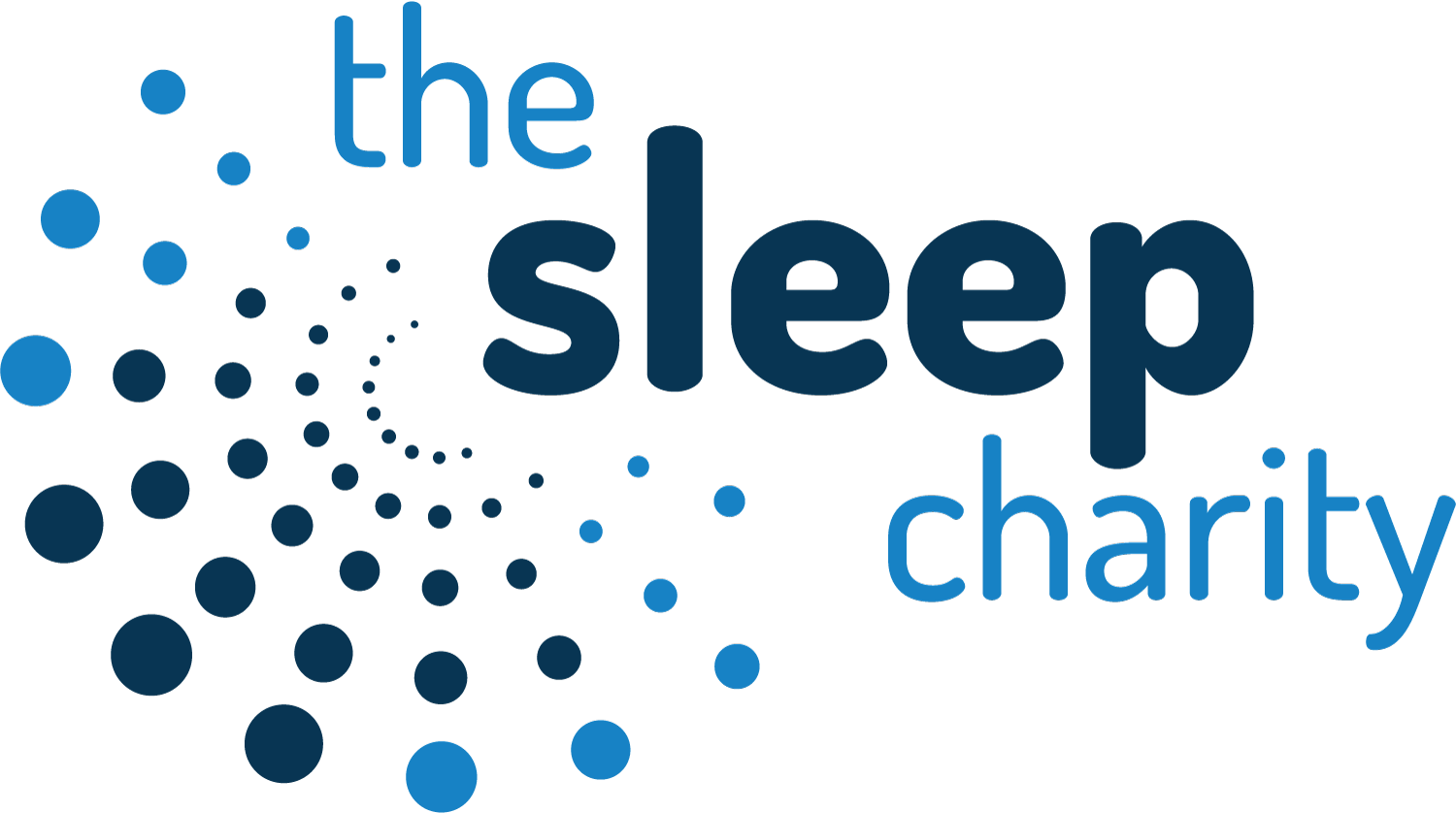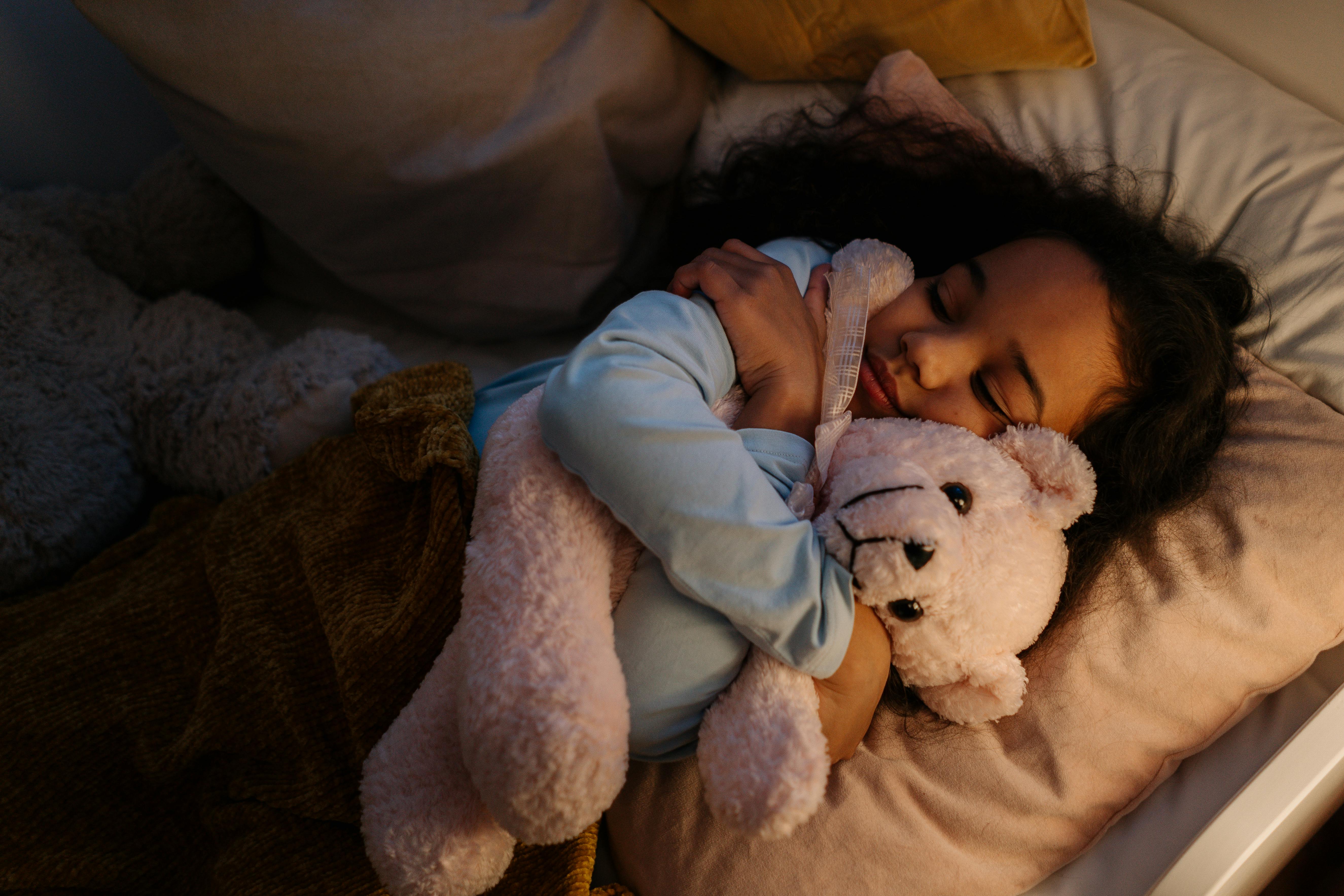Sleep can be a huge challenge for children with autism spectrum disorder (ASD) and anxiety – and their families. We recently worked with a 7-year-old who, like many children with similar needs, was struggling to get a good night’s rest.
When we first met this child in April, bedtime was a battle. They weren’t settling until 11 pm, often taking 3–4 hours to fall asleep. They slept in a separate bed in their parents’ room, required a parent to be present, and experienced huge meltdowns when routines were disrupted – particularly if the iPad was taken away. School anxiety and daytime exhaustion only added to the challenge.
Starting with Small, Practical Steps
Our first focus was on understanding and meeting the child’s sensory needs, while creating a tighter, more predictable bedtime routine. The iPad, which had become a key part of settling, was gradually removed. Initially, this led to about an hour of screaming, but with support from the parent, the child eventually calmed enough to engage in other activities.
For months, sleep patterns didn’t change significantly, and understandably, the parent was becoming despondent. We discussed options including a referral for melatonin, but we continued working on incremental, consistent changes to bedtime routines.
Gradual Progress Adds Up
Over time, the small steps started to make a big difference. We then implemented a strategy known as ‘body clock shift back’ where the child’s bedtime gradually shifted back in 10-minute increments, helping to reset their internal body clock. With consistency, patience and parental support, progress became visible.
Last week, the family obtained a melatonin prescription – but they haven’t started using it because the child is now showing natural improvement. Today, the child falls asleep around 9:30 pm, enjoys their bedtime routine and the parents feel confident managing sleep independently.
Key Takeaways
· Small, consistent changes to bedtime routines can have a huge impact.
· Meeting sensory needs and gradually removing sleep associations (like iPads) is essential.
· Parental involvement and persistence are key to success.
· Medications like melatonin can be a helpful backup, but sometimes natural progress is possible with the right strategies.
This case is a reminder that even when sleep challenges seem overwhelming, gradual, structured support can help children with ASD and anxiety build healthy, sustainable sleep habits.

